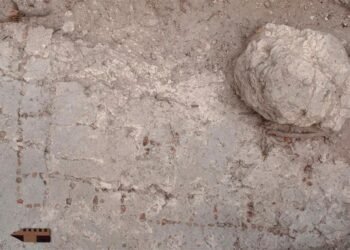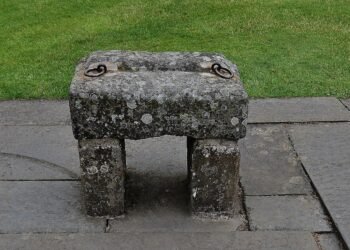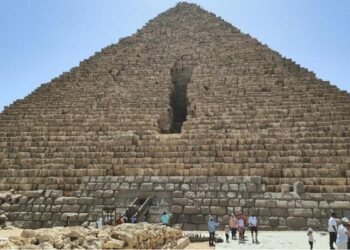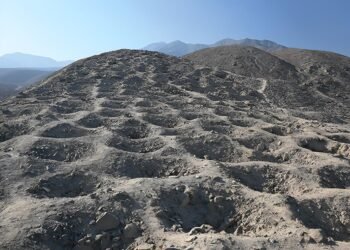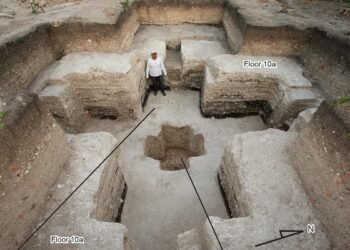Excavations in the ancient city of Phalasarna (Falasarna), in the far west of Crete, have uncovered hundreds of offerings to the goddess Demeter in the ruins of an ancient temple, the Greek Ministry of Culture and Sports announced late last week.

According to the announcement, the discoveries were made by Dr. Elpida Hadjidakis and her team, who found a variety of ancient artifacts beneath the tiled floor of the temple sanctuary, including dozens of vases.
The inscription on one vase, translated by archaeologists, read “A K E S T O I D A M A T R I [dedicated to the goddess Demeter].
Artifacts discovered in Falasarna suggest connections to the ancient Egyptians and Phoenicians.
The discoveries include figurines, spearheads, vases, and enthroned feminine figures, which mainly date back to the Archaic period (700-500 BCE) and were unearthed in the central region of the ancient temple of Demeter.
Phalasarna is a Greek harbor town located on the west coast of Crete, which experienced a prosperous period during the Hellenistic era. The city was mentioned in ancient sources by historians and geographers, such as Scylax, Strabo, Polybius, Livy, and Pliny. Large, impressive buildings and artwork that have been discovered in the ruins of the city suggest that its thriving maritime activities contributed to its success.
The Roman Republic invaded the city and destroyed it in 69-67 BCE. The remarkable 365 CE earthquake on the west coast of the Island of Crete was another historical event that ensured Falasarna would be a lost city for hundreds of years.
The city’s location was forgotten until it was rediscovered in the 19th century by British explorers Robert Pashley and Captain T. A. B. Spratt.
The currently visible remains of Phalasarna include numerous majestic sandstone towers and bastions, and hundreds of meters of fortress walls protecting the city.




